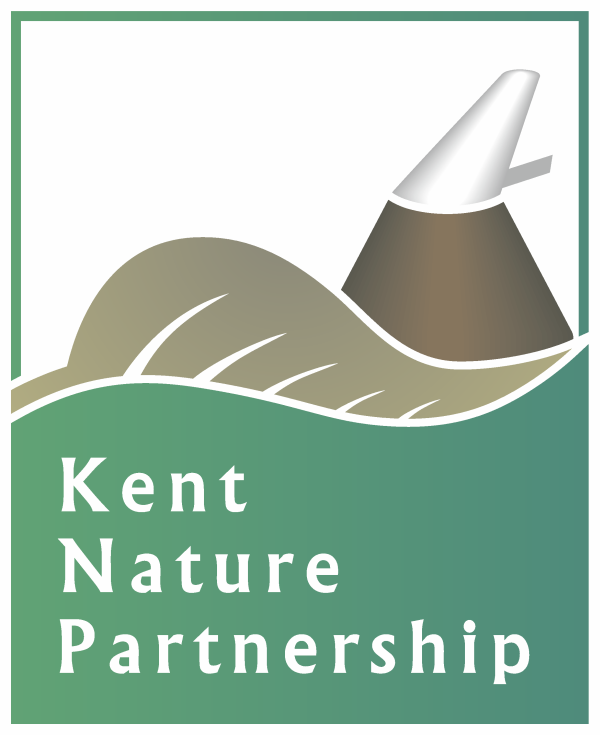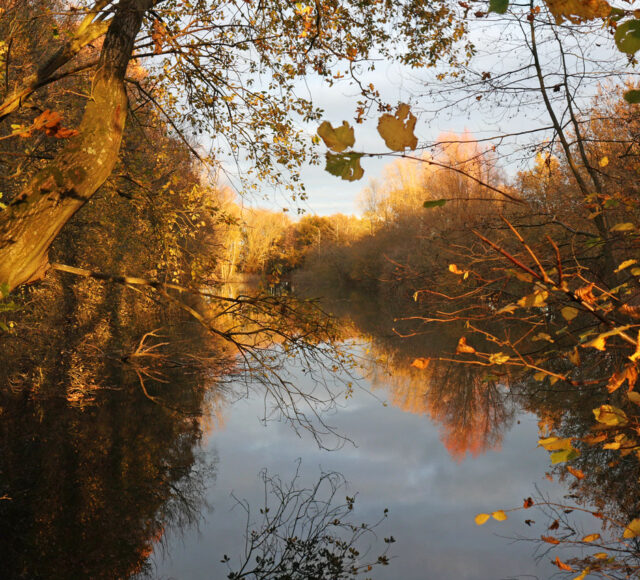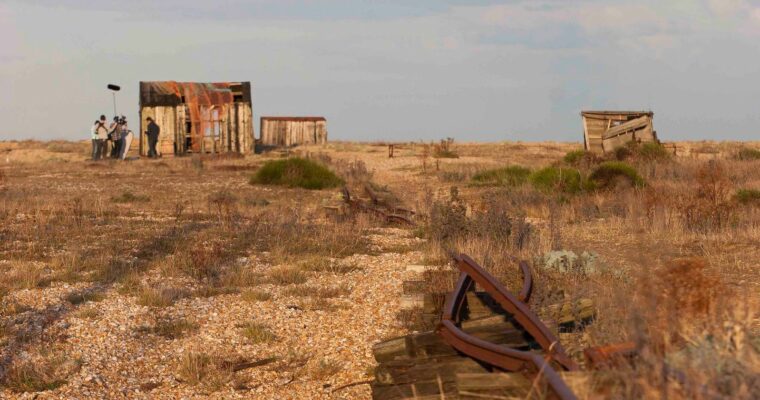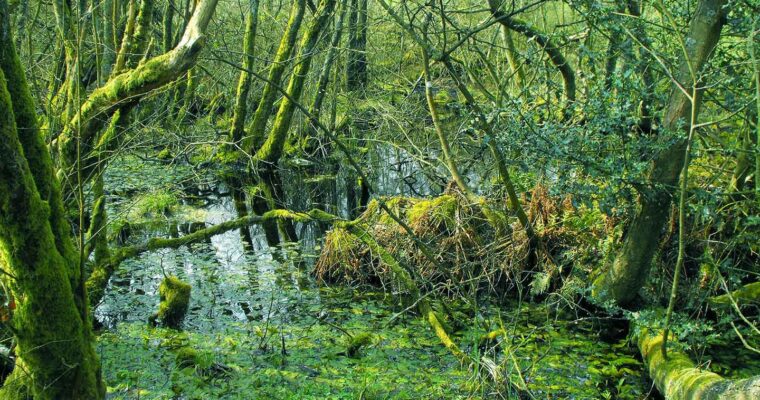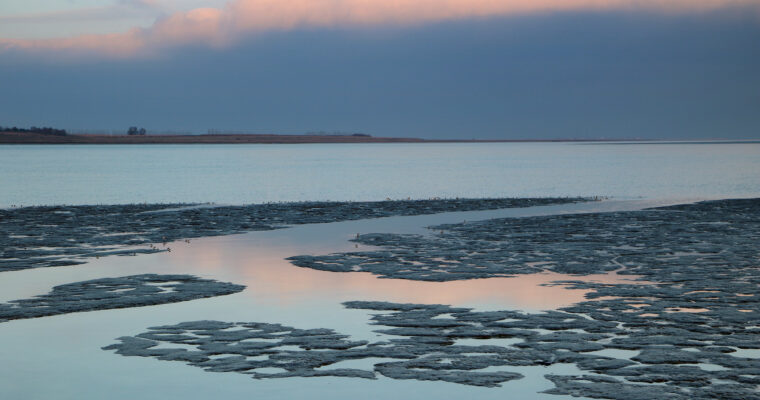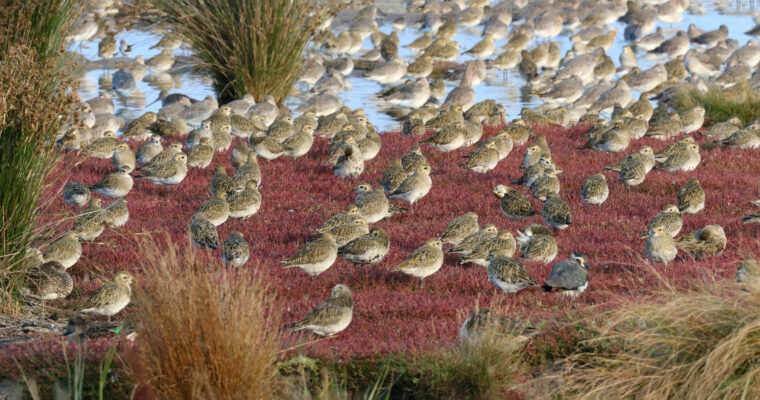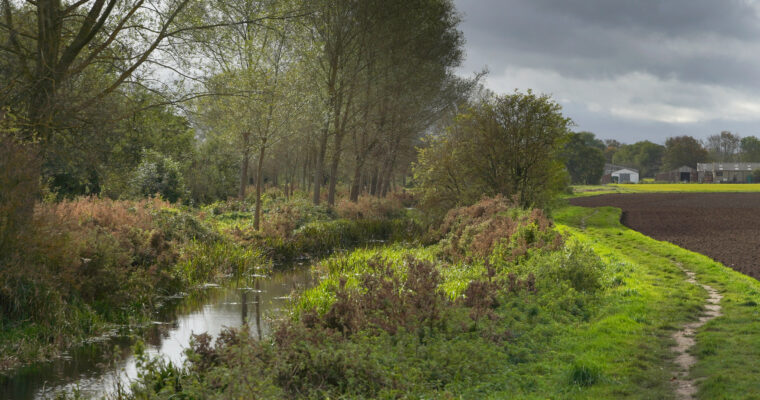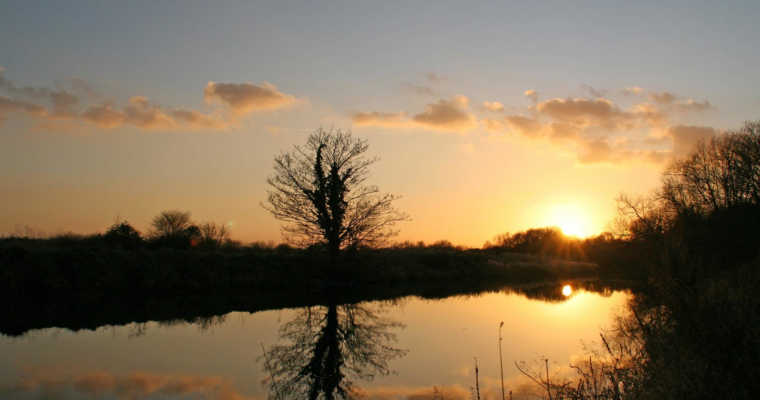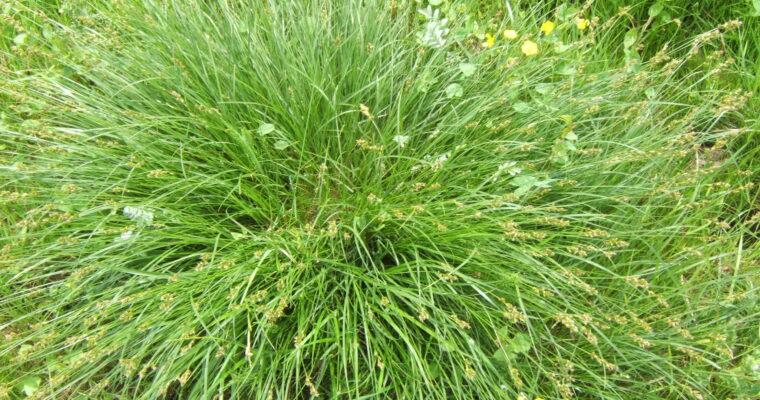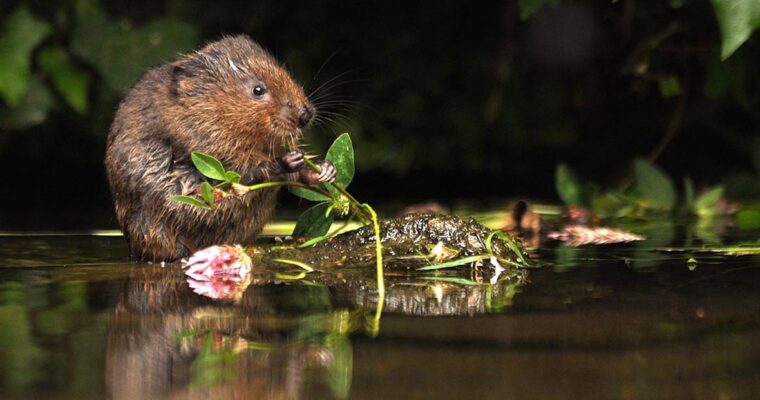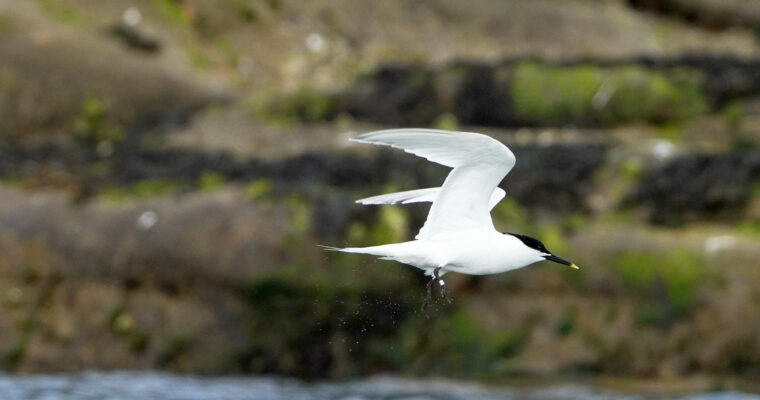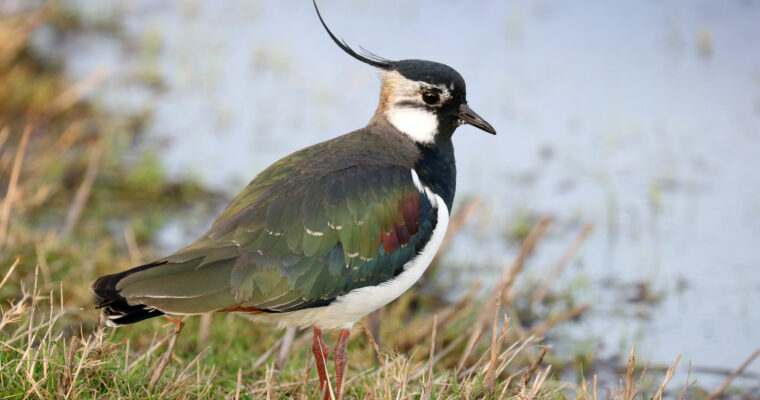The freshwater and intertidal habitats of Kent and Medway represent a tiny proportion of their former extent, with many lost through factors such as agricultural intensification and drainage, and degraded through abstraction and pollution. They are also particularly sensitive to climate change impacts and recreational pressures and disturbance (this latter pressure is addressed under Connecting people with the natural environment). We need to secure the long-term sustainable management of these fragile ecosystems by rebuilding and developing ecological networks that are sustainable, ecologically coherent and resilient to climate change.
To do this, we will need to ensure that we replace like for like habitat lost to coastal realignment and make innovative use of natural flood and drought management solutions. Only then can we also ensure that these habitats are able to support vital ecosystem services such as carbon storage, groundwater recharge and flood control.
Our objectives for freshwater and intertidal ecosystems, habitats and species are, by 2045:
- 75% freshwater SSSIs restored to favourable condition, securing their wildlife value for the long term.
- Over half of Local Wildlife Sites in good management, securing their local wildlife value for the long term.
- Reaching or exceeding objectives for rivers, lakes, coastal and ground waters that are specially protected, whether for biodiversity or drinking water as per our River Basin Management Plans.
- No deterioration in the status of any water body in Kent. If deterioration of any element’s classified status occurs, actions will be implemented to reverse the decline.
- Improve 375 km (15 km per year) of waters in Kent (rivers, lakes, canals, groundwater, transitional and coastal waters). The enhancements include work to improve ecological, chemical and/or physical quality, e.g. reducing pollution, restoring flows and improving habitat.
Show more about Freshwater and intertidal ecosystems, habitats and species
